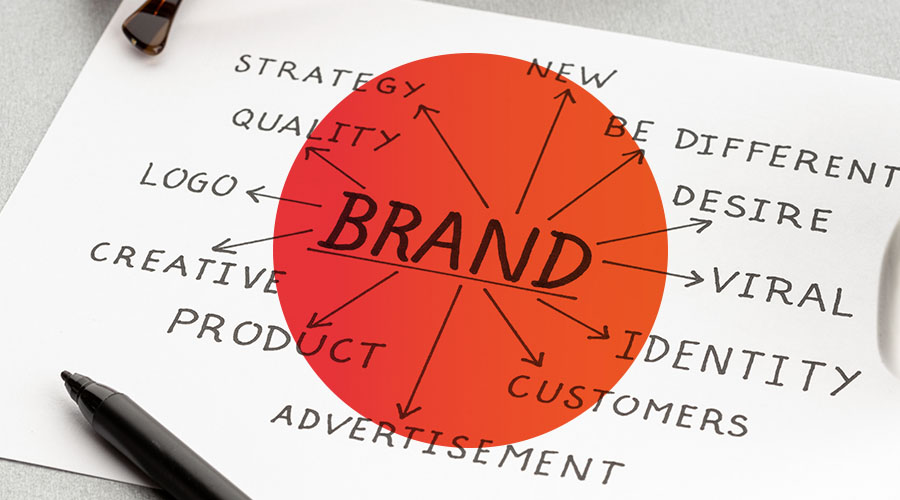When you hear “Just do it” or see the swoosh, one brand comes to mind. Just like there’s only one brand you associate with golden arches and one brand you think of when you see a talking gecko.
Recognizable branding comes from consistent branding, and consistent branding is based on brand guidelines. Brand guidelines are meant to support a brand by defining a brand’s presence.
However, when brands lack the appropriate amount of cohesion, content, a product, an image or something else may be misaligned, hurting the company’s value. One way we’ve seen this play out is Tropicana’s infamous rebrand. Despite their, “Squeeze, it’s natural,” Tropicana changed their packaging from depicting freshness with an image of an orange, to an extremely generic image of an orange blob (which we can only assume was juice). The packaging was so different that OJ-lovers everywhere were left disoriented and unable to recognize their go-to brand. Because of this, Tropicana’s sales dropped 20% — proof brand guidelines without the right amount of cohesion can be a detriment.
There are scenarios where brand guidelines really work for a brand and scenarios where they just…don’t. We recruited senior strategist Laura Baumgardner and executive creative director and vice president Chris Moehn to talk about how and why these scenarios happen.
What is your personal experience working with brand guidelines?
Laura: “My background is as a designer, so I’ve worked within a lot of companies’ brand guidelines. Over that time period, I started learning what good brand guidelines look like. I think it’s a fun space to be in, trying to problem solve for the what ifs. [I learned] what I liked about them, what I didn’t like about them and where I felt like they were too restrictive.”
Chris: “Just about every company that we work with has them. We have a lot of clients and there are external agencies as well as internal people that [also] do marketing and communications for them. So, to try and get everybody on the same page, that’s the job of the brand guidelines. We need them to do our jobs effectively; they’re hugely important and creatives rely on them. They use them to make sure that the work that they’re doing at least passes the bar before we take it to the next level.”
What does it look like when brand guidelines are hurting a brand? What does it look like when they’re helping a brand?
Laura: “Brand guidelines hurt a brand when they’re treated as a template. In the sense that there are limited elements defined and anything outside of those defined elements are just absolutely off limits. There needs to be room for judgement calls within brand guidelines. Otherwise, when you reduce everything to the lowest common denominator, you get the same exact things repeated over and over again, and rather than being consistent, it becomes boring or undifferentiated.
Brand guidelines [are helpful when they] are building your brand, when they’re working for you –– defining the must haves but leaving open space for creativity and newness. It reduces the number of decisions that creators have to make every time they make something new; they just can make more in a shorter amount of time. So [brand guidelines] affect the bottom line in both the sense of being able to create quickly and in terms of the equity that the brand has.”
Chris: “When they’re hurting a brand, the work is all over the place. No consistency, clarity or character. Either a company’s guidelines are too broad, or too restrictive, not allowing for creativity within the brand — those are examples of when the guidelines are hurting a brand.
[When they’re helping,] you’re delivering on a certain expectation that you set with your customers. If you can spot marketing by a brand and you know who it is before you even see the name of the company or the logo, that’s power.”
Related Content: The Knapheide Manufacturing Company Case Study
What do you think should be included in brand guidelines?
Laura: “It depends, but there are some basics you will always find. Logo, color, type. Tolerance for that flexibility within your organization. Successful guidelines are going to align to the overall cultural ethos of that. The number of people who are creating [the brand guidelines] will also affect it.”
Chris: “We’re trying to capture the essence of a company. All of the things that you need to put any kind of communication together. Graphics, visuals, voice and logo. If we have a primary, secondary, tertiary set of colors, how do we use those? [Plus,] fonts, graphics, photo style — any kind of standard visual direction or treatment. And, guidance on how you talk about the company or its products to different audiences.”
What is some parting wisdom you can leave us with?
Laura: “If you invest in doing guidelines and if you believe that they’re important for your organization, get buy-in all the way at the top. Brand guidelines are not just for the creatives, they are for everyone, because it’s about every touch point, every experience. Not just marketing.”
Chris: “Brand guidelines challenge us to be more creative and the tighter those guidelines are, the more creative you have to be. Brand guidelines create clarity, consistency and character for the brand and if we don’t use them, a brand will never be able to play at the level they need to play at.”
Overall, brand guidelines should, as Chris describes it, “serve the greater good of the company…establish something that is memorable…[and] help create strong brand value.”
Related Content: Creative Marketing: How Much Does It Matter?
Strong, intentional guidelines create a cohesive, recognizable brand and benefit the company. But guidelines that are too rigid, too loose, or can’t be applied to all of the necessary applications may actively detract from your brand. Your company’s brand is its biggest asset. With the right guardrails in place, you can both protect your brand and position it to propel your company’s success.
Wondering if your current brand guidelines are hitting the mark? Whether you need a review of your current guidelines or need to create a set of guidelines that will help your brand thrive, we can help. Let’s talk!





